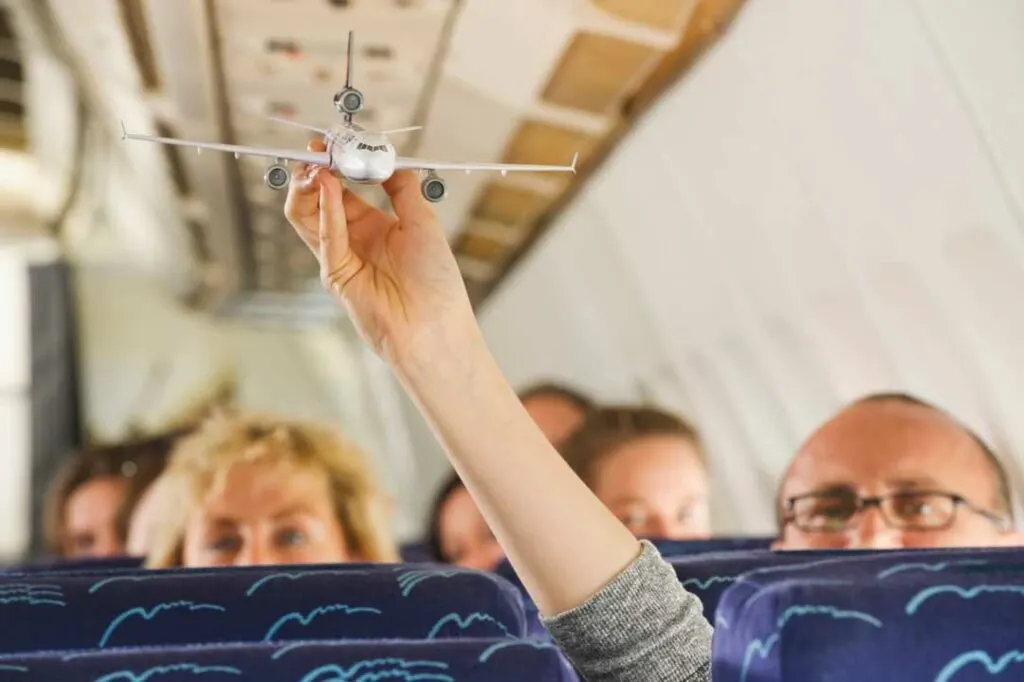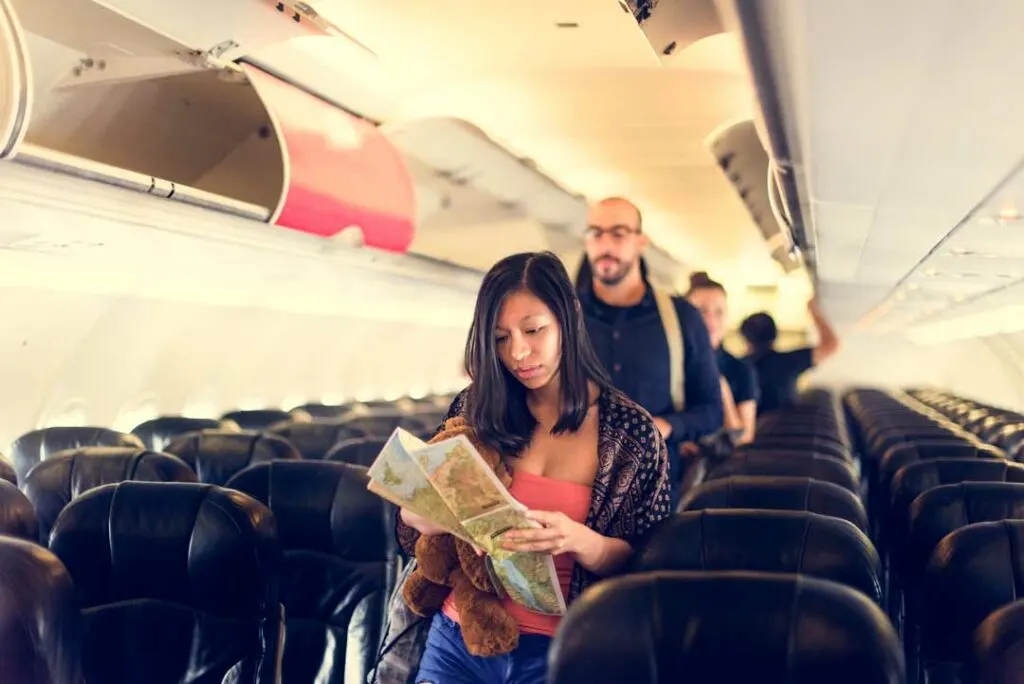Airplanes are widely regarded as one of the safest forms of transportation, thanks to a combination of advanced technology, rigorous safety protocols, and meticulous training. While the idea of flying can be intimidating for some, the likelihood of an accident is extremely low compared to other modes of transport. Here are several key factors that make air travel remarkably safe.

Advanced Engineering and Design
Airplanes are built with sophisticated engineering designed to withstand extreme conditions. Each aircraft is constructed with multiple layers of safety in mind, from durable materials to redundant systems. For example, commercial airplanes have multiple engines, and if one fails, the plane can safely fly on the other. As mentioned by aviation accident attorneys, aircraft are also designed with redundant hydraulic, electrical, and navigation systems so that, in the event of a malfunction in one system, backup systems can take over. This redundancy ensures that the plane can continue to operate safely in unforeseen situations.
Strict Regulatory Oversight
Air travel is one of the most heavily regulated industries, with rigorous oversight from aviation authorities such as the Federal Aviation Administration (FAA) in the United States and the European Union Aviation Safety Agency (EASA) in Europe. These agencies set strict guidelines and safety standards for aircraft manufacturing, maintenance, and operation. Regular inspections, mandatory maintenance checks, and thorough certification processes for both aircraft and crew members are all required. This level of oversight minimizes risks by ensuring that airlines operate at the highest safety standards.
Highly Trained Pilots and Crew
The people operating and managing flights are extensively trained and qualified to handle a wide range of situations. Pilots undergo years of training, including simulator exercises that replicate various emergency scenarios, such as engine failure or severe weather conditions. They are also required to take periodic proficiency tests to maintain their licenses. Cabin crew members, too, are trained in emergency procedures, first aid, and evacuation techniques to ensure passenger safety. This intensive training prepares the crew to handle emergencies effectively, ensuring passengers are cared for in any situation.

Advanced Technology and Real-Time Monitoring
Modern airplanes are equipped with state-of-the-art technology that enhances safety. Advanced avionics, such as autopilot and weather radar systems, help pilots navigate safely through difficult conditions. Additionally, modern aircraft have collision avoidance systems that alert pilots to other aircraft in their vicinity, reducing the risk of mid-air collisions. Many planes also continuously transmit data about their systems, location, and performance to ground control stations, enabling real-time monitoring. This data is analyzed by ground crews who can advise pilots in the event of an issue.
Comprehensive Safety Protocols and Procedures
Airlines follow a detailed set of safety protocols before, during, and after every flight. Pre-flight checklists ensure that all equipment is functioning properly, while post-flight inspections help identify any issues that need repair. These procedures are strictly followed to minimize the risk of mechanical failures. During flights, standardized protocols guide the crew in managing everything from turbulence to medical emergencies, ensuring that passengers are safe and well cared for at all times.
Statistical Safety Record
Statistics consistently show that air travel is far safer than driving, with the odds of being involved in a plane crash being exceedingly low. According to data from the National Safety Council, the odds of dying in a car accident are far greater than those of a plane accident. This favorable safety record is a testament to the effectiveness of the aviation industry’s safety measures and protocols.
The safety of air travel results from the intersection of advanced engineering, rigorous regulations, highly trained personnel, cutting-edge technology, and strict safety protocols. These factors work together to create an environment where air travel is among the safest ways to reach a destination. While occasional incidents do occur, the industry’s commitment to safety ensures that air travel remains exceptionally reliable and secure, allowing millions of passengers to reach their destinations safely every day.

Jessi is the creative mind behind The Coffee Mom, a popular blog that combines parenting advice, travel tips, and a love for all things Disney. As a trusted Disney influencer and passionate storyteller, Jessi’s authentic insights and relatable content resonate with readers worldwide.
